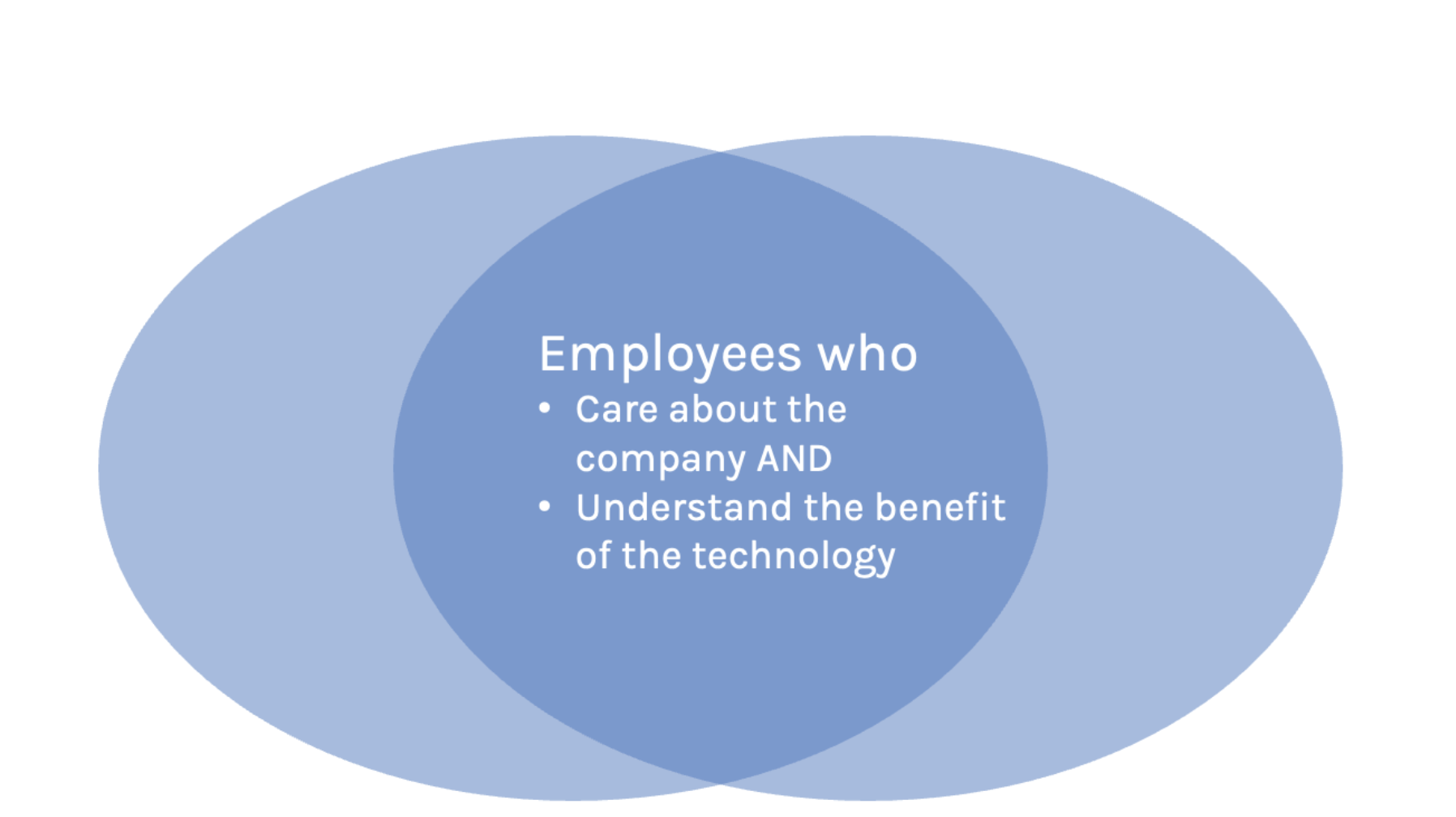KEY TAKEAWAYS:
--The four main challenges agencies face in getting new technology adopted are: lack of incentive and motivation; too little time and capacity; a feeling by agents that they are unready; and not enough emotional and informational support.
--Three steps can overcome the obstacles: Identify a champion, define the value and measure the results.
----------
With more insurance agencies ready to lean into this digital transformation era, brokers need to embrace new technology to succeed.
However, change is hard: So hard that the same framework for modeling the 5 Stages of Grief are used by modern change management professionals to facilitate organizational change. And the path to accepting change is represented perfectly by the Kübler-Ross change curve. This model sets out the different stages of change: shock, denial, frustration, depression, experimentation, decision and integration. While the stages aren't linear, they set out how any significant and disruptive alteration will always rock the boat—but doesn't need to be the end of the world.
These recognized stages also mirror the four main challenges I’ve experienced as an insurtech owner and change advocate. Change management will become a critical capability for insurance agencies, as resisting technological innovation can cost companies millions, so let's look at the four main challenges to technology adoption and see how agencies can overcome them.
The four challenges
1. Lack of incentive and motivation
It's unlikely that brokers will feel motivated if the benefits of technological changes aren't personally relevant to them. If the brokers don’t internalize how new technology will simplify their day, like reducing manual processing or making it easier to delight their clients—helping them achieve their bonuses—brokers may struggle to see the transition's value.
The fear of the unknown can also be a powerful demotivator; brokers will likely hesitate to embrace new technologies if they're uncertain about how these tools will affect their daily tasks, client relationships and overall job satisfaction.
If brokers hit a rough patch in technology adoption, they’ll likely want to throw the towel in—who can blame them?
2. Reduced time and capacity
Like everything, all good things take time. However, the multifaceted nature of a broker's role often involves balancing priorities simultaneously, so it's common for brokers to need help making time for it.
Furthermore, integrating a new technology can disrupt established workflows and operational processes. In the beginning, brokers will be adding another system to an already complex workflow; their understanding of the desired outcome will keep the business running as usual, but doing it in a new way can be initially unsettling. This type of change and uncertainty often leaves little time for in-depth exploration and integration of a new technology, leading to a discomfort and a perpetual cycle of deferred adoption.
Put simply, brokers need to allocate time to learn how to use the new technology or plan time for it because they already have a day job, which is their priority. Learning something would need to fit into the gaps in their schedule unless there is explicit time planned for it.
See also: The Next Generation of Talent
3. Feeling unready and not prepared
The speed at which technology advances can leave brokers feeling like they’re in a constant game of catch-up. New tools, software and platforms continually emerge, creating a dynamic landscape that demands adaptation. It's no wonder this can make brokers feel unprepared.
Although some insurance executives may disagree, before you throw brokers in at the deep end, you need to teach them how to swim. Brokers may not have received adequate training on the latest digital tools, analytics platforms or AI applications, leaving them ill-equipped to navigate the evolving technological terrain.
4. Lack of emotional and informational support
In a nutshell, brokers need somewhere to ask questions (or vent) and get feedback when they're asked to adapt to technological change.
There exists a palpable fear among some brokers that embracing technology might make certain aspects of their roles redundant, evoking concerns about job security. In addition, when a solution automates a multi-step process that a broker could previously validate along the way, there is an inevitable sense of uncertainty about the quality of the output. Without emotional support from leadership and colleagues, this fear can escalate, leading to decreased morale and productivity.
So, as you can imagine, when brokers don't know what to expect, the natural reaction is to push back against the change.
Three steps to aid technology adoption
As Albert Einstein wisely said, "The measure of intelligence is the ability to change." In other words, only forward-thinking agencies will succeed in this competitive market.
But adopting a transparent change management system might be all you need to overcome the four hurdles listed above, and it can be as simple as following these three steps.
1. Identify a champion
Every story needs a hero, and that's no different when it comes to change. Insurance agencies need to find someone internally to be accountable for the rollout. This person understands and cares about the problem and wants to advocate for the proposed technology adoption.
Agencies need to let everyone know who is leading the charge. But they also need to provide incentives for their champion: Determine what they want, and give it to them if they do well.
Gartner found that when employees primarily own implementation planning, the success of the change increases by 24%. So identifying a primary candidate who can coordinate with their colleagues and departments, ensuring everyone is heard and catered to, can massively increase the change adoption's chances of success.
By simply giving the technology change a human face, this can help those who need extra support, as they know the person spearheading the charge and can request assistance.
See also: Why Brokers Should Embrace AI
2. Define the value
From the start, it needs to be clear: What benefit does the technology give each individual broker? What advantage does it provide the company? And how will it help the organization’s bigger picture?
To answer these questions, management must decide what metrics to use to determine if the technology delivers value.
Defining the value can also help companies decide if they want to roll out their technology change across all departments or if phasing it in one by one is more suitable. Clarifying this can help overcome the hurdles of motivation and readiness, as brokers clearly understand how this new technology will benefit them and how it will be measured.

3. Measure the results
It's essential to start with the end in mind and ensure you have an established method to measure the expected value. One essential metric to measure is employee adoption, as knowing this helps predict the change's potential longevity.
Whether it’s policy processing time, renewal rate, employee adoption or agent productivity, by measuring key metrics regularly, brokers can keep their change management plan on track. It is necessary to check in often with the champion and employees to ensure that measurements are correct and that the technology adoption is successful and aiding brokers in their daily lives.
Wrapping up
Nobody ever said change was easy, but that doesn't mean it needs to be a traumatic uphill battle. By recognizing broker pain points and using the three steps to overcome them when implementing the tech-related change, brokers can feel understood and heard while accepting and appreciating how the new tech is here to serve them.








